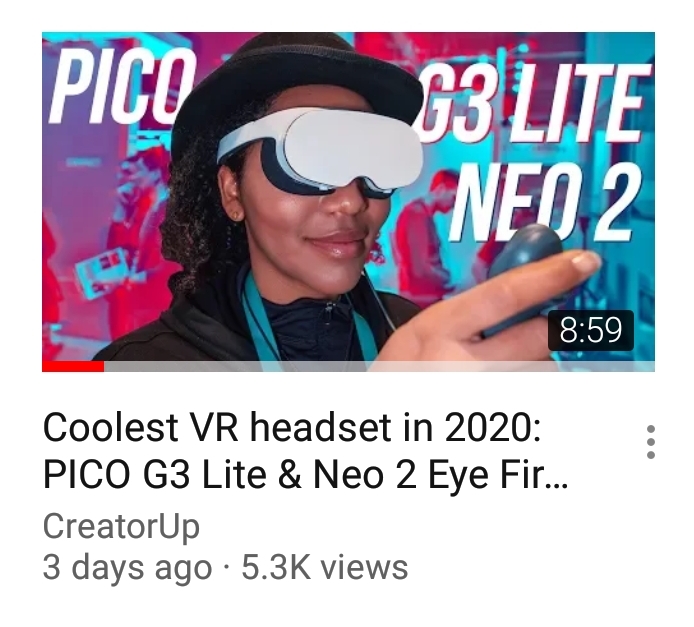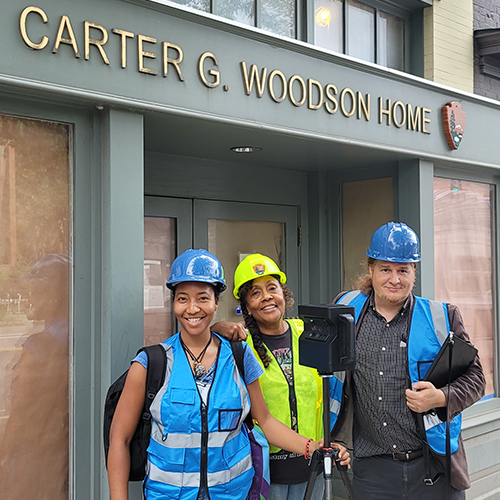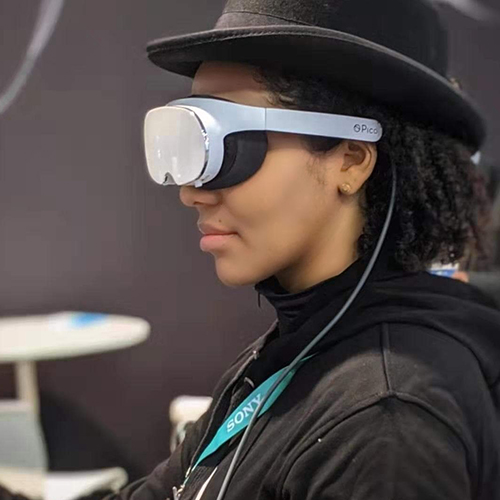Frequently Asked Questions
1. What are the benefits of digitizing museum exhibits, art, & artifacts?
Digitization offers numerous benefits that enhance the accessibility, preservation, education, and overall experience of engaging with art and cultural heritage. Some of the key benefits include:
- Global Accessibility Brings More Visitors: Digitization breaks down geographical barriers, allowing people from all over the world to access and explore museum exhibits without the need for travel. This opens up opportunities for a wider audience to engage with cultural artifacts and artistic masterpieces.
- Preservation and Conservation: Preservation and Conservation: Digital preservation helps protect fragile or delicate artifacts by reducing their exposure to handling and environmental risks. By creating high-resolution images and 3D models, museums can document and safeguard their collections, ensuring their longevity for future generations.
- Expanded Exhibition Space: Digital platforms provide museums with virtually unlimited exhibition space, enabling them to showcase a larger portion of their collections. This means that previously stored or rarely displayed artifacts can now be made available for public viewing, increasing the overall diversity and richness of the museum experience.
- Interactive and Immersive Experiences: Digitization technologies allow for interactive and immersive experiences that go beyond what is possible in a physical museum. Virtual Reality (VR) and Augmented Reality (AR) can be used to create engaging and interactive exhibits, enhancing visitor participation and understanding.
- Educational Resources: Digital exhibits can be accompanied by extensive educational resources, including detailed descriptions, historical context, and multimedia content such as videos, audio guides, and interviews. This enriches the learning experience and provides in-depth information for students, researchers, and enthusiasts.
- Enhanced Engagement: Digital platforms often offer interactive features such as zooming in on artworks, rotating 3D models, and engaging in ways which are impossible within physical space. These features encourage active participation, curiosity, and a deeper understanding of the exhibited pieces.
- Outreach and Collaboration: Digitization enables museums to collaborate with other institutions, researchers, and artists worldwide. It fosters the exchange of knowledge, facilitates joint exhibitions, and promotes a sense of global cultural interconnectedness.
- Visitor Analytics and Feedback: Digital platforms allow museums to collect data on visitor interactions, preferences, and engagement patterns. This information can help museums improve their exhibits, tailor experiences to different audiences, and gather valuable feedback for future developments.
- Additional Revenue Streams: With our expertise and tailored solutions, Artmerse can help you unlock multiple new revenue streams, increase your profitability, and adapt your business to the cutting edge of the digital age. Email Us to discuss customizable and innovative revenue streams to monetize your digitized works for decades to come.
2. What is a Virtual Museum?
A virtual museum is an online platform, application, or digital entity that simulates, complements, and enhances the characteristics & experience of visiting a physical museum. It offers users the opportunity to explore various exhibitions, view artwork and artifacts, play games with, and learn about the history and significance of different pieces, all from the convenience of their own devices. Virtual visitors can take virtual tours using any device such as a smartphone or laptop, but the most interactive and immersive experience is through XR (VR/AR) technologies.
Virtual museums utilize cutting-edge technologies such as high-resolution images, 3D models, and interactive features to provide an immersive and engaging experience. Users can navigate through virtual galleries, zoom in on artworks, pick up artifacts, and even access additional information and multimedia content about specific pieces.
Virtual museums can collaborate with renowned museums and cultural institutions around the world to showcase their collections. They aim to bridge the gap between physical distance and accessibility, allowing anyone with an internet connection to explore the treasures of global cultural heritage.
Virtual museums provide an alternative way to appreciate and learn about art, history, and culture, making it possible for individuals to access and engage with renowned collections and exhibitions regardless of their location or circumstances.
3. Do your Virtual Museum & other services replace physical museums or their employees?
No! Artmerse provides complementary & supplementary services, not replacements.
4. Why should I have a virtual museum to complement my physical space?
- Expand Your Reach: Break free from the constraints of physical location and welcome a global audience to your museum. A virtual museum allows art enthusiasts, history buffs, and curious minds from around the world to access and explore your collections 24/7. By removing barriers of travel and distance, you can reach a broader audience and amplify your cultural influence.
- Unleash the Power of Accessibility: Make art and cultural heritage more accessible than ever before. A virtual museum accommodates individuals with physical limitations, those in remote areas, or those unable to visit in person. Your virtual space ensures that everyone has the opportunity to engage with your exhibits, fostering inclusivity and promoting cultural diversity.
- Preserve and Protect: Safeguard your collections for generations to come. A virtual museum allows for precise documentation, high-resolution imagery, and immersive 3D models, ensuring the long-term preservation of your artifacts and artworks. Reduce the risks associated with physical handling, climate, and natural disasters while digitally archiving your cultural heritage.
- Enhance the Visitor Experience: Complement your physical museum with interactive and immersive features. Engage visitors with virtual tours, in-depth multimedia content, and interactive exhibits. Augmented reality (AR) and virtual reality (VR) experiences provide a unique and captivating way for visitors to immerse themselves in your museum, creating unforgettable memories.
- Extend Exhibition Space: Overcome limitations of physical space by expanding your exhibition capabilities. A virtual museum allows you to showcase additional pieces from your collection, rotate exhibits more frequently, and create thematic displays that would be challenging in a physical environment. With a virtually limitless digital canvas, you can captivate your visitors with endless possibilities.
- Foster Educational Opportunities: Educate and inspire learners of all ages through a virtual museum. Provide access to comprehensive educational resources, including detailed descriptions, historical context, and interactive learning materials. Collaborate with schools, universities, and educators to create tailored educational programs and virtual workshops, enriching the learning experience beyond the confines of your physical museum.
- Embrace Technological Innovation: Stay at the forefront of the digital revolution in the museum industry. Integrating a virtual museum allows you to leverage cutting-edge technologies such as Artificial Intelligence (AI), VR, and AR to captivate visitors and create unique experiences. Embrace innovation, attract tech-savvy audiences, and remain relevant in a rapidly evolving digital landscape.
- Amplify Revenue Streams: Expand your revenue potential beyond traditional sources. A virtual museum opens doors to new opportunities, including virtual ticket sales, sponsorships, partnerships, digital gift shop sales, and collaborations with other institutions. Diversify your income streams and ensure the financial sustainability of your museum.
Embrace the future of museums by complementing your physical space with a virtual museum. Extend your reach, engage a global audience, preserve your collections, and create immersive experiences that inspire and educate. Take your museum to new heights of impact and success with a virtual museum today!
If your question was not answered here, please Email Us to schedule a consultation.
eXtended Reality (XR)
eXtended Reality (XR) is a catch-all to refer to augmented reality (AR) and virtual reality (VR). Sometimes the abbreviation "XR" is used to refer to both. The technology is intended to combine or mirror the physical world with a "digital twin world" that is able to interact with each other.
Click Here to read more
Virtual Reality (VR)
Virtual Reality (VR) describes the fully immersive experience which blocks out the external world through VR Headsets providing simulations.
Click Here to read more or watch some video examples of VR below:

Augmented Reality (AR)
Augmented Reality (VR) is an interactive experience that combines the real world and computer-generated content. The Holograms we saw in movies Star Wars & Star Trek are early examples of AR. The primary value of AR is the manner in which components of the digital world blend into a person's perception of the real world, not as a simple display of data, but through the integration of immersive sensations, which are perceived as natural parts of an environment. This experience is seamlessly interwoven with the physical world such that it is perceived as an immersive aspect of the real environment. In this way, augmented reality alters one's ongoing perception of a real-world environment, whereas virtual reality completely replaces the user's real-world environment with a simulated one.
Click Here to read more or watch some video examples of AR below:





